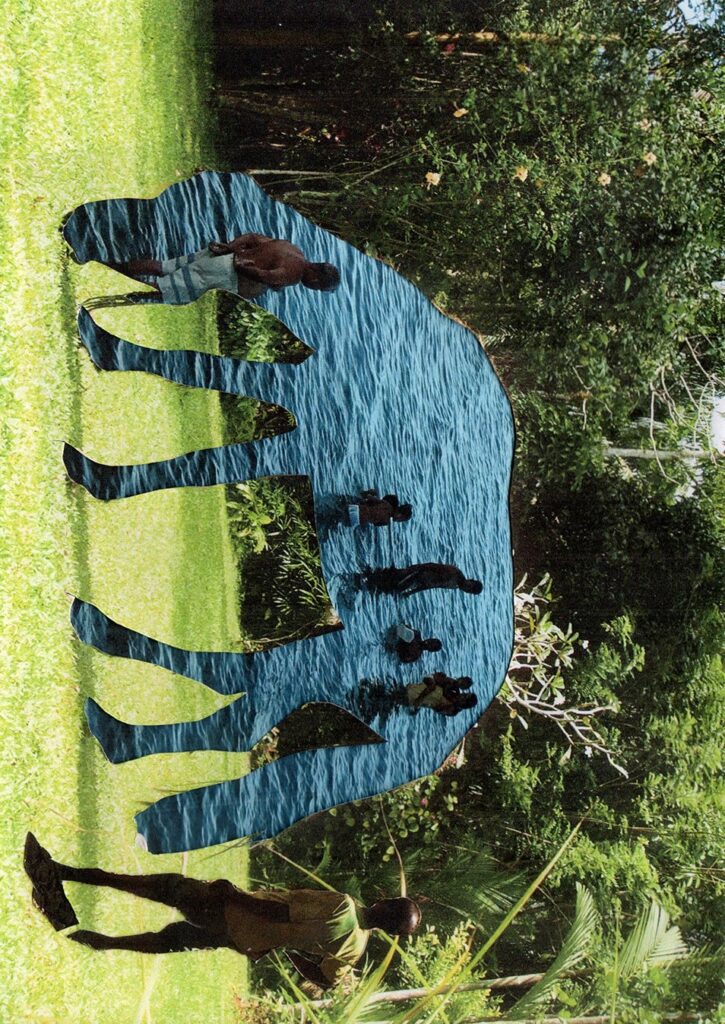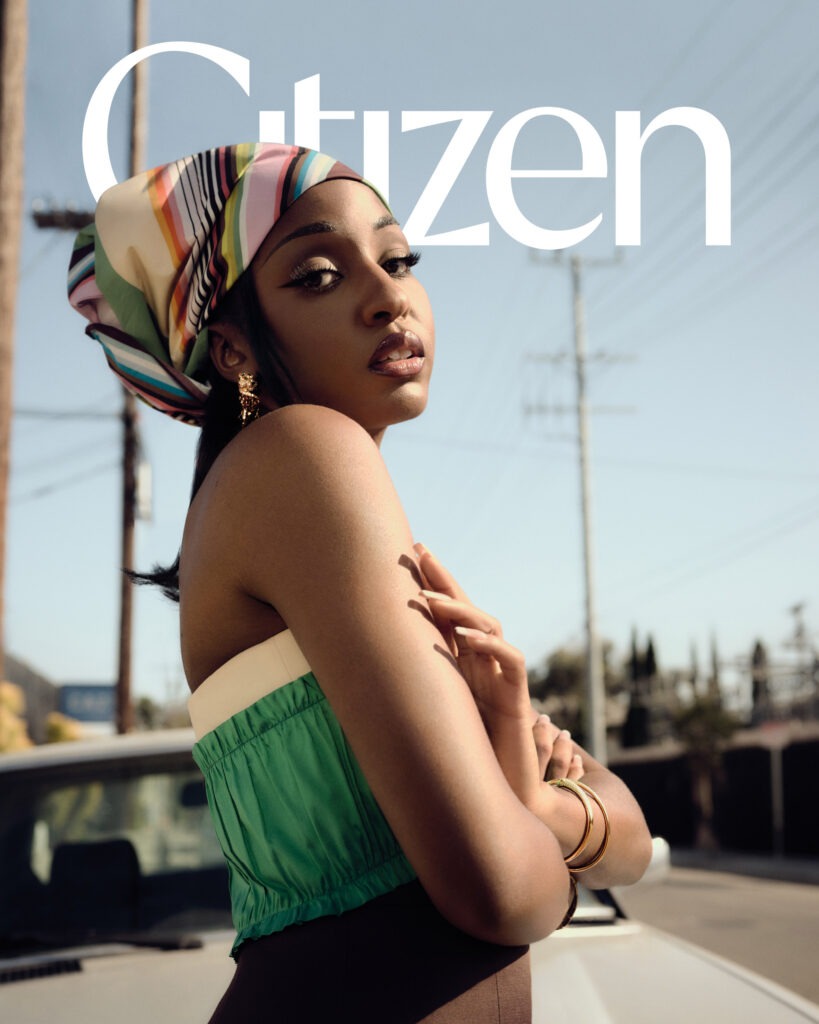
Selected Works: Jazz Grant
Selected Works: Jazz Grant
London-based collage artist Jazz Grant takes us to Sri Lanka and reflects on a project she never intended to share
Words & artwork by Jazz Grant
Issue 001
Q: What makes this work yours, separate and apart from other works. What about this work speaks to your personal viewpoint, and what you want to place into the world?
A: I love this body of work because it was the first time I had thrown myself into using imagery I have photographed rather than sourced or found. I think my work will always have a line of evolution through the different processes I decide to pursue. The photos were taken on a trip to Sri Lanka at the end of 2019. They feel especially significant now, as this trip ended just before the pandemic started. I think about myself then as almost naive and innocent to the impending catastrophe. At the time, I really didn’t want to intrude on my surroundings and I didn’t have much experience with cameras, so I decided to limit myself to images I took either on my phone or a very basic 35 mm camera. I had no expectations regarding how the artworks would turn out, which allowed me to move without pressure or directed purpose. I was able to take photos based purely on instinct and curiosity, to be led into images with a sense of discovery. When I arrived back to my studio in London from Sri Lanka, what I found while collaging with the photographs was how attracted I am to capturing snippets of human interaction within their surroundings. The photographs I’d captured all had this silent observer, fly-on-the-wall viewpoint. I was often looking out of a window of a train, car, or house, seeing someone or something that was not looking back at me. When I wasn’t looking out of a window, I often found that I captured images while just sitting in the same location, watching and waiting for something or someone to walk into the frame. As I began the collaging process for these works, I focused on exploring and drawing attention to a relationship between people/animals and our environment, all the things happening that can be seen by an unnoticed party.
“A moment or feeling can be captured that instantly lives in the past—we can witness the repeated memory.”

“It was a moment that will never happen again, a fleeting slice of time.”
Q: Who is this work made for?
A: Me. I never had any assumptions or plans regarding who would see this work besides myself. Accordingly, I approached this work like a sketchbook or journal, as something personal and private that could be refined and shared if I so choose to.
Q: Where was this work made (conceptualized, executed, and produced)?
A: All photographs were taken while I was in Sri Lanka, and all collaging happened in my studio in Wood Green, London. I left for Sri Lanka the first week of December 2019, first arriving in Colombo. We spent our time mostly on the move, covering as much land and meeting as many people as we could.

Q: What do you love most about this work or collection as a whole?
A: In retrospect, I can see how much I wanted to express the idea of a continuous journey, a record of the never-ending movements we make as we head toward more life. This can be illustrated simply by a person walking in front of me or people living their lives as I drive past a scene. Either way, in image there exists some kind of suggested movement. I think this speaks to the fantastic nature of photography and art in that a moment or feeling can be captured that instantly lives in the past—we can witness the repeated memory.
Q: Of the works in this collection, what work do you love the most and why?
Once, while on a train headed from Nuwara Eliya to Badullathe the train slowed down momentarily and I was able to capture two farmers watching the train drive past. One of the men had a mallet in his hand and the other was leaning on a shovel. It was a moment that will never happen again, a fleeting slice of time. It was entirely insignificant to them, but it lives on forever in ‘Entrance Tickets for Foreigners.’ Actually, the title of that piece is derived from a ticket we received while at the Royal Botanical Gardens in Peradeniya. In small black lettering, the ticket read “entrance for foreigners.”
I also love ‘Self Portrait,’ which was taken while journeying across the island. We stopped off at a roadside cafe and bathroom. In that image, the mirror acted as a kind of window.
Q: In four words, how would you describe this work or collection?
A: People watching, window gazing.








